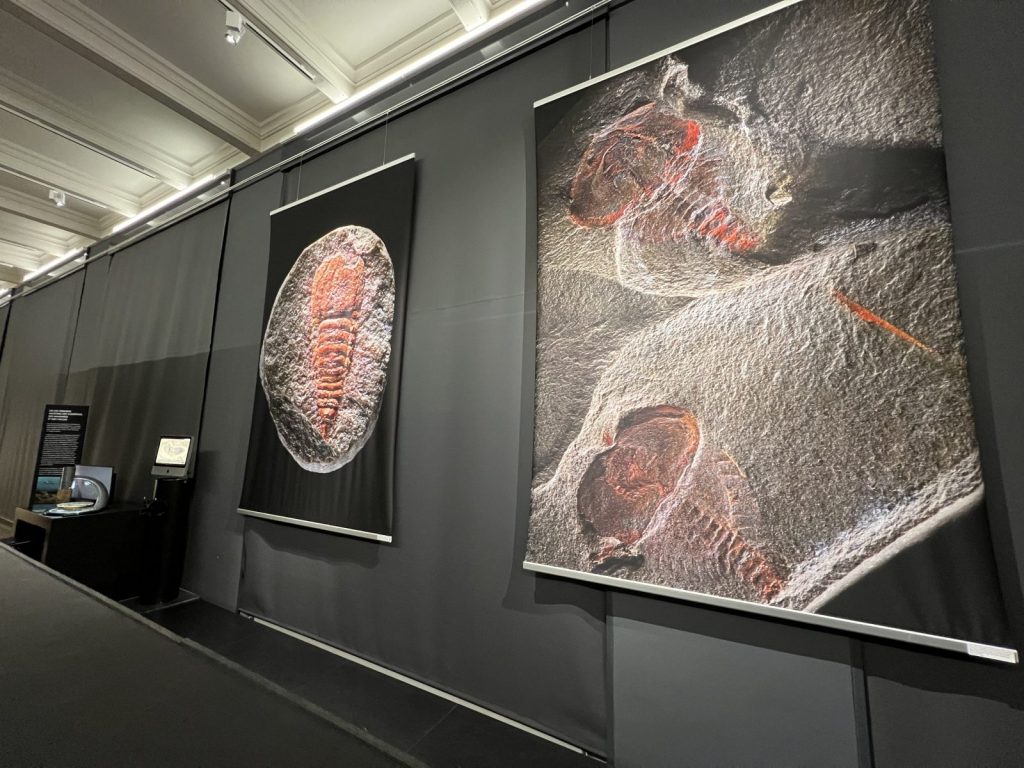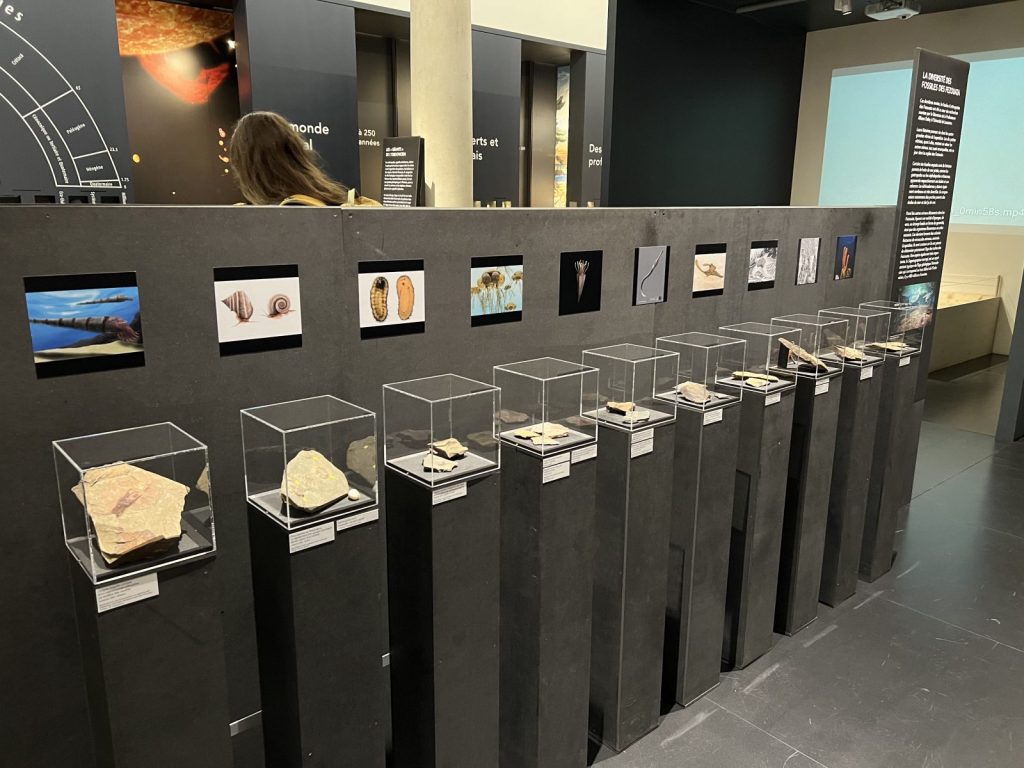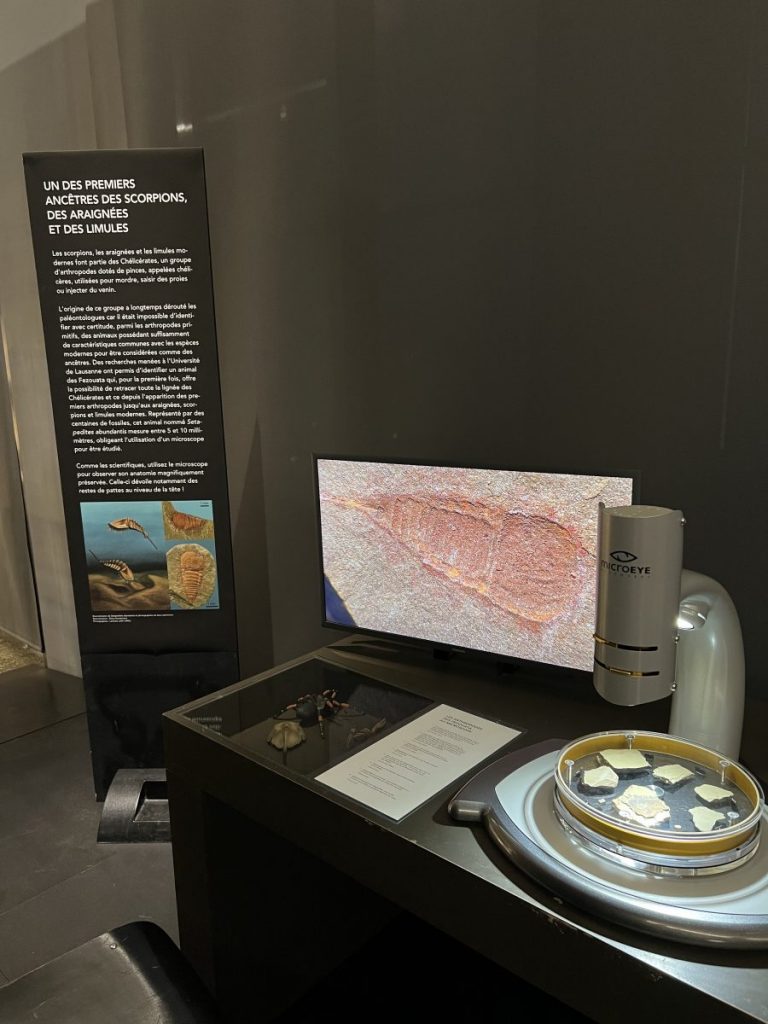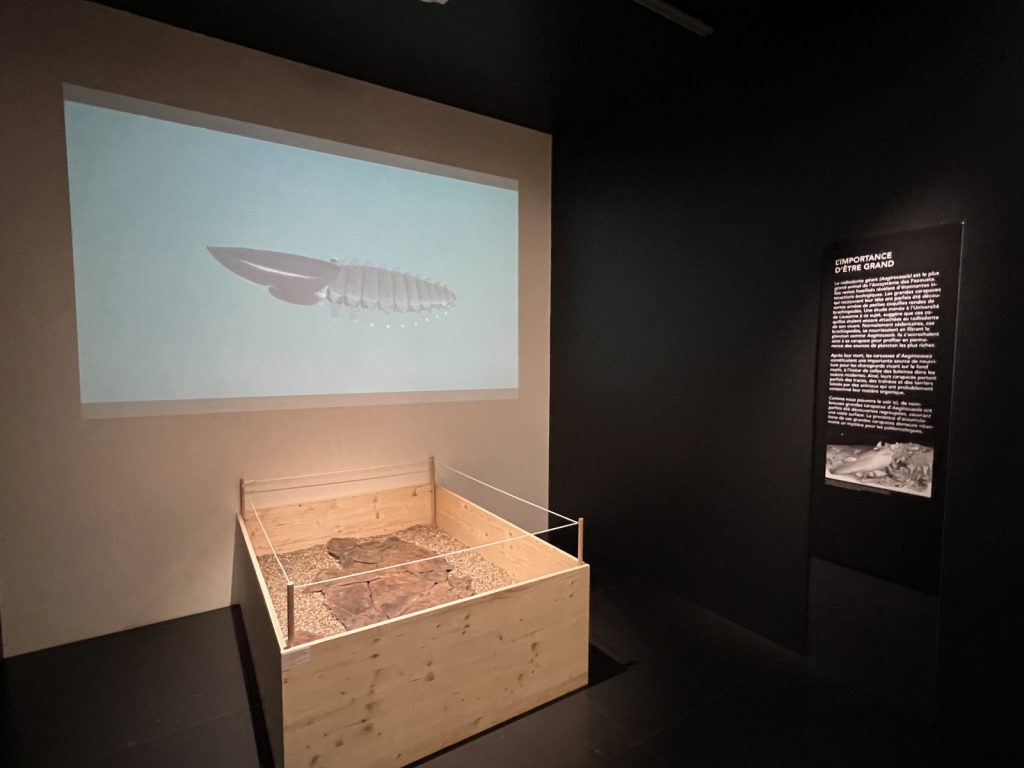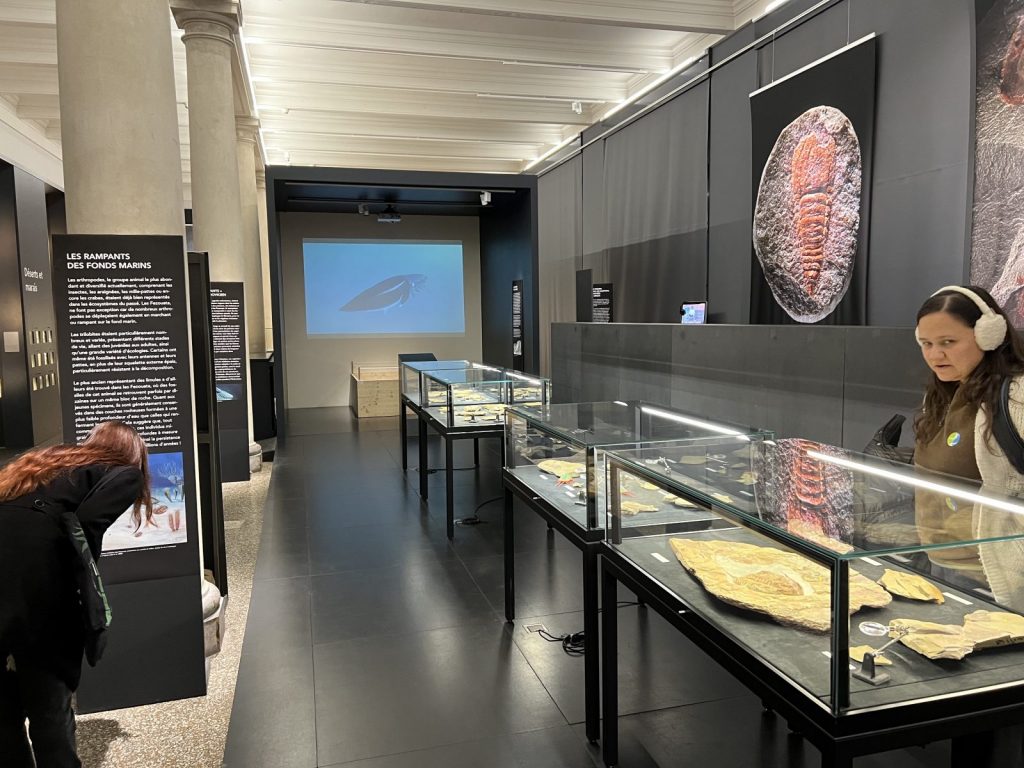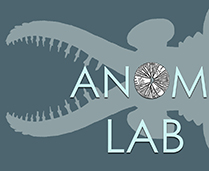Science Communication and Museum Activities
The ANOM Lab actively contributes to science communication and outreach activities to disseminate our research widely. We have published articles in magazines and online, and have had our research featured in podcasts and videos. At science fairs and museum events, we developed numerous public engagement activities to communicate our research on the Cambrian Explosion.
La Mer Avant les Poissons / The Oceans Before Fish:
Allison Daley and Pierre Gueriau of the ANOM Lab, together with Gilles Borel of the Cantonal Museum of Natural History, Department of Geology, created a temporary exhibit at the Palais de Rumine in Lausanne from 27 November 2024 to 27 April 2025. This exhibit invites you to dive in and explore some of the oldest known animals that lived in the ancient oceans through a selection of spectacular fossils from the Fezouata Shale of Morocco. This exhibit features research carried out by the ANOM Lab that revealed the diversity and paleoecology of arthropods from the Ordovician geological period. The bright yellow to red fossils on display are unique witnesses to life at the South Pole 480 million years ago, including the first “giants” of the seas, ancestors of many of today’s groups, and a variety of other strange organisms.
The english content of the exhibit can be view here.
Cantonal Museum of Natural History, Department of Geology:
The ANOM Lab works with the Cantonal Museum of Natural History, Department of Geology, linked with research and teaching activities. The fossil collections located on UNIL campus are a focus of our current and future research projects, particularly associated with Fezouata Biota material. We also run undergraduate and masters teaching sessions in both the museum collections and the public exhibits at the Palais de Rumine.
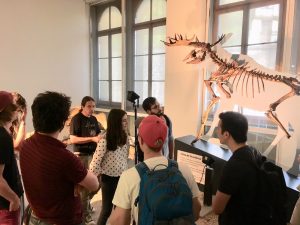
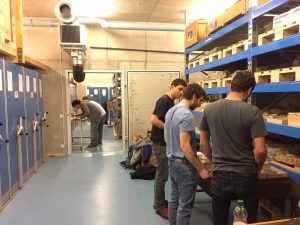
Podcasts and Videos:
Hear all about the earliest predators of the Cambrian Explosion from Allison Daley in: Palaeocast Episode 31: Anomalocaridids.
As part of the St. Edmund Hall (Oxford University) Research Expo, Allison Daley presents the surprises our recent research has revealed about the ecology of anomalocaridids in early animal communities: Teddy Talks – Earth’s earliest super predators.
As part of a series of podcasts on “Explosions”, Allison Daley describes what fossils can tell us about the Cambrian Explosion – a period of time 540 million years ago, when there was a vast increase in the different types of animals that existed: ‘Explosions’ part 2 – The origin of animal diversity.
Allison Daley décrit l’écologie des anomalocarides de l’explosion cambrienne dans cette ceconférence, dans le cadre de la Cérémonie d’ouverture des cours pour l’année académique 2017-2018 (en français): Les premiers prédateurs : fossiles extraordinaires de l’explosion cambrienne.
The Emu Bay Shale is an important Cambrian fossil locality with exceptional preservation of soft-bodied fossils, including Anomalocaris, and amazing trilobite moulting assemblages showing detailed behaviour. We love this Palaeocast featuring Prof. John Paterson from the University of New England, an ANOM Lab external collaborator: Episode 36: Emu Bay Shale.
Suite à la publication d’un article de Daley, Antcliffe, Drage & Pates dans PNAS en 2018, Allison a été interviewé au CQFD,Radio Télévision Suisse. Écoutez l’interview en français ici:
Written articles:
Jonathan Antcliffe discusses the fossil record of the earliest stages of animal evolution in Palaeontology[Online] Volume 2 Article 8: The Cambrian explosion – Paradoxes and possible worlds.
Lukáš Laibl explains the development of trilobites and ecology of tiny trilobite larvae in Palaeontology[Online] Volume 7 Article 10: The development of trilobites.
Lukáš Laibl answers questions related to his research in Fossil Realm Magazine: Q&A with trilobite specialist Dr. Lukáš Laibl.
Harriet Drage explains the importance of arthropod moulting, and describes the fossil record of this process in Palaeontology[Online] Volume 6 Article 7: How and why did the arthropod shed its skin? Moulting in living and fossil arthropods.
Allison Daley describes the fossil record, ecology, and evolutionary significance of Radiodonta in this Current Biology Quick Guide: Anomalocaridids.

